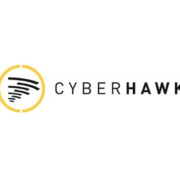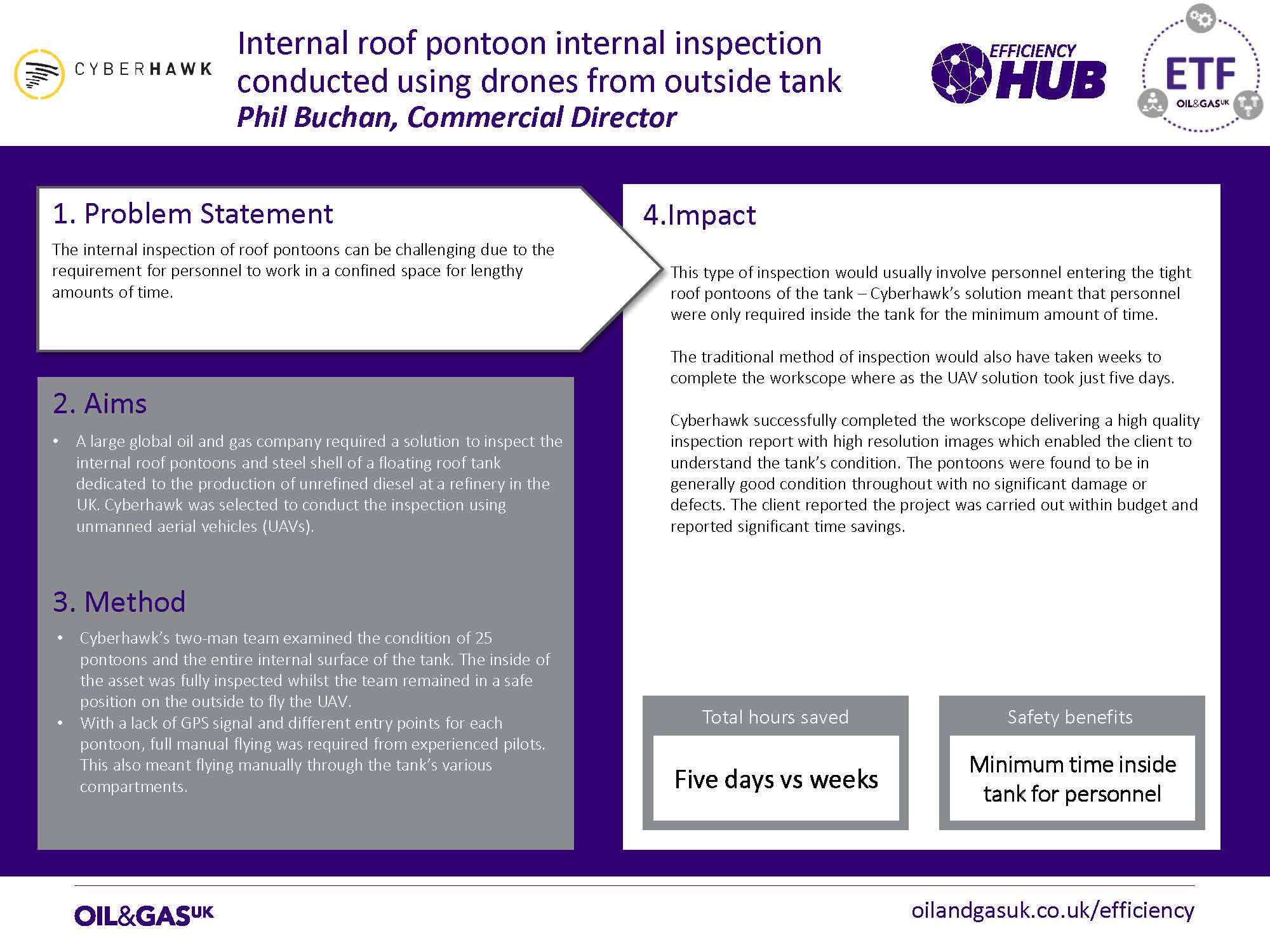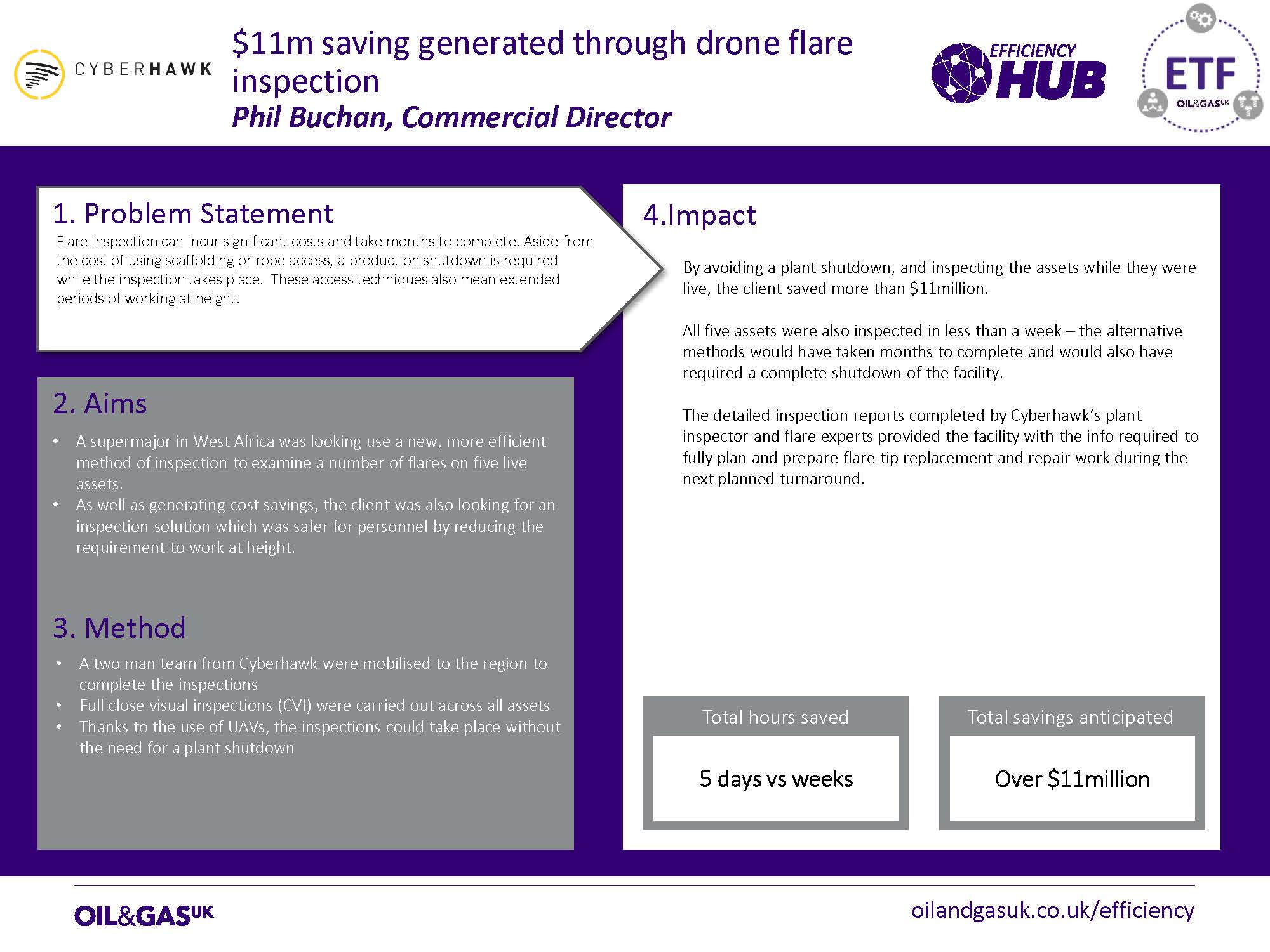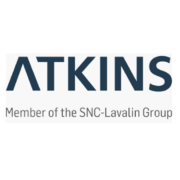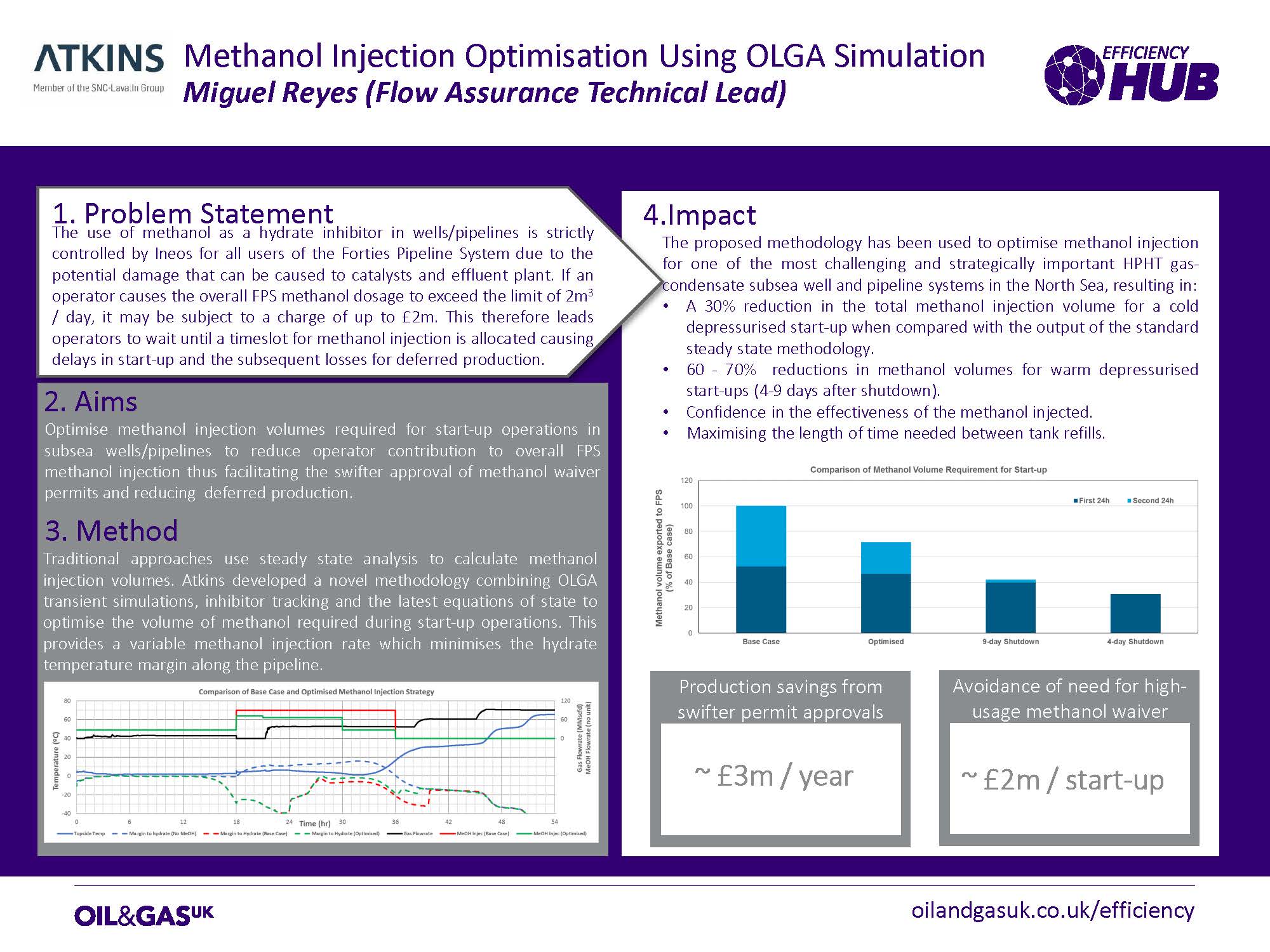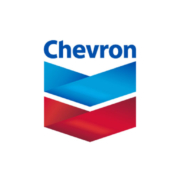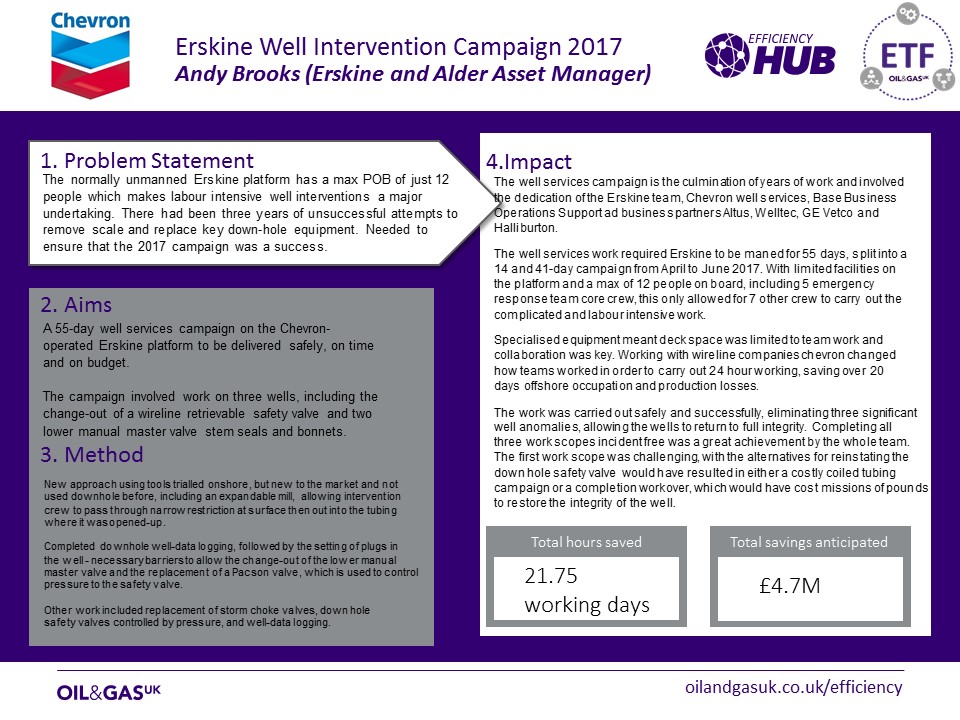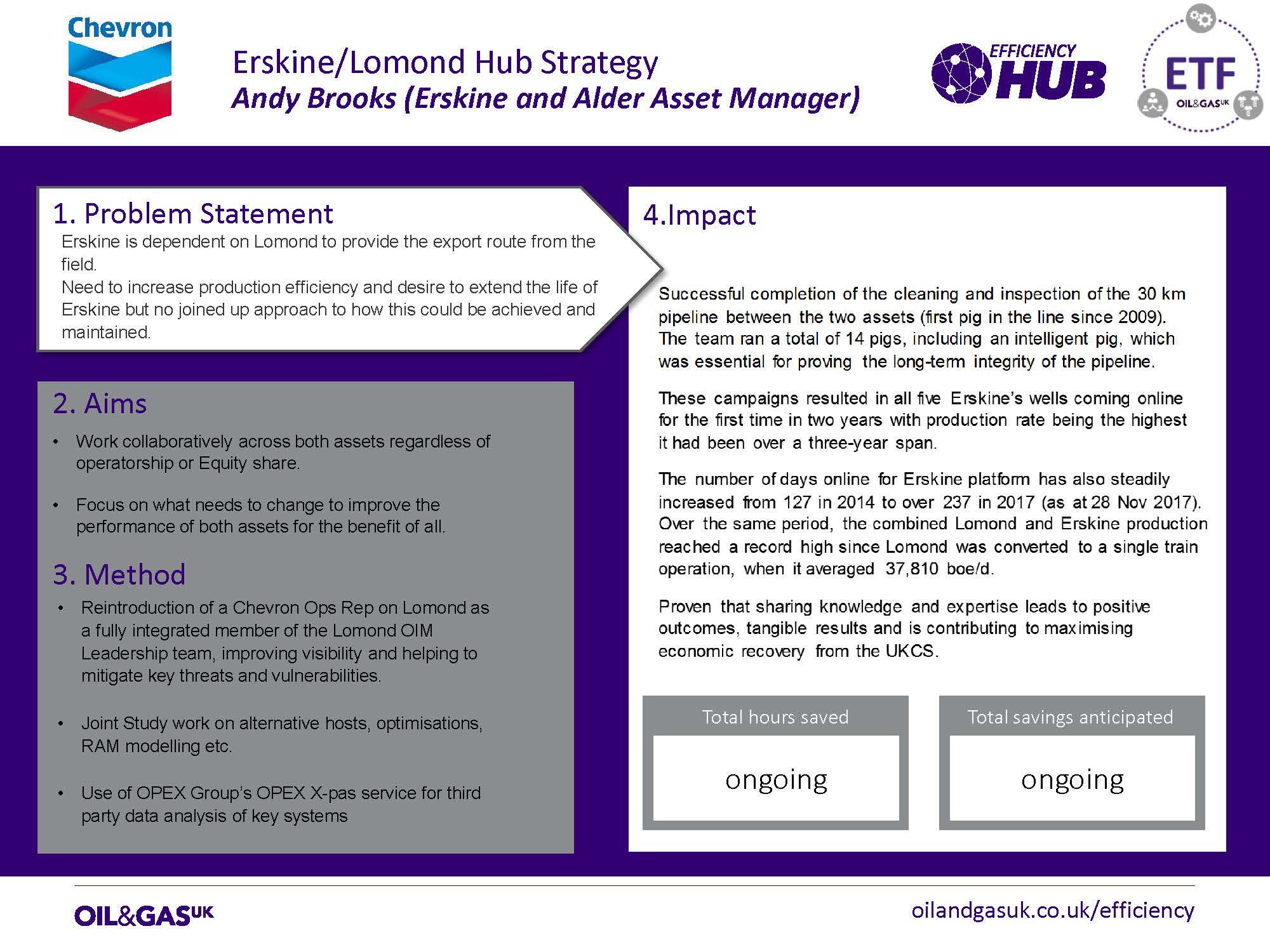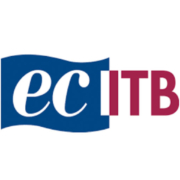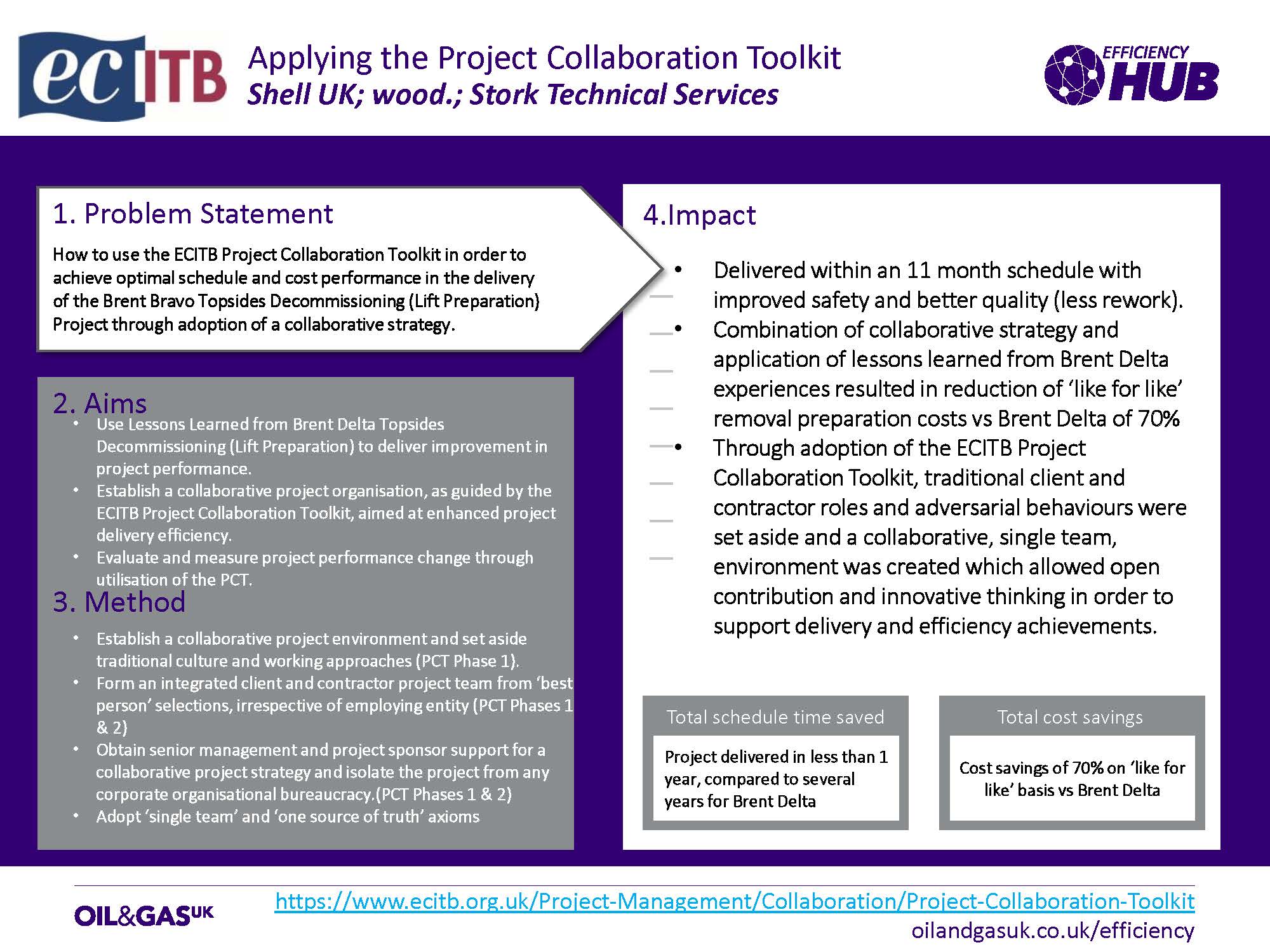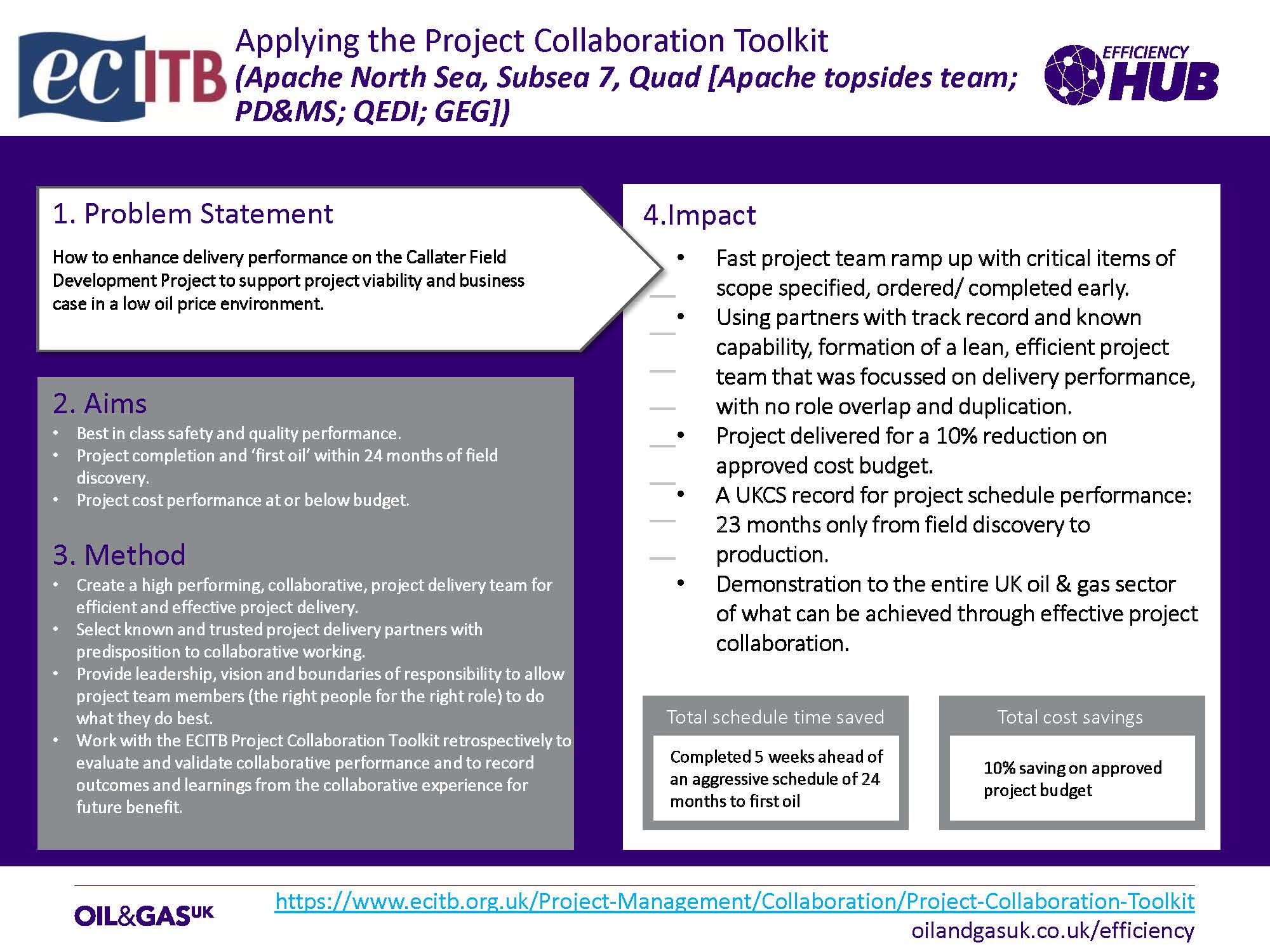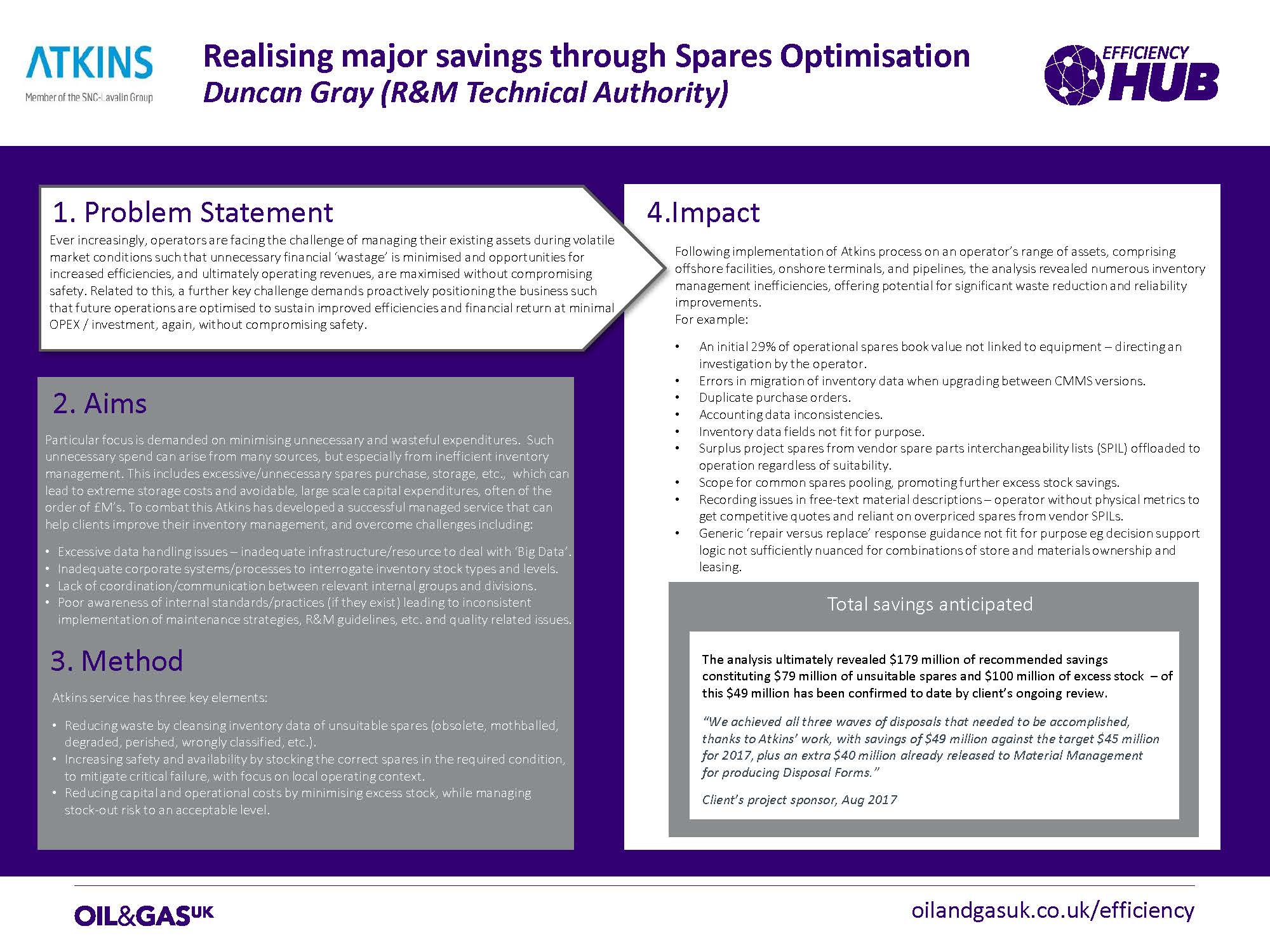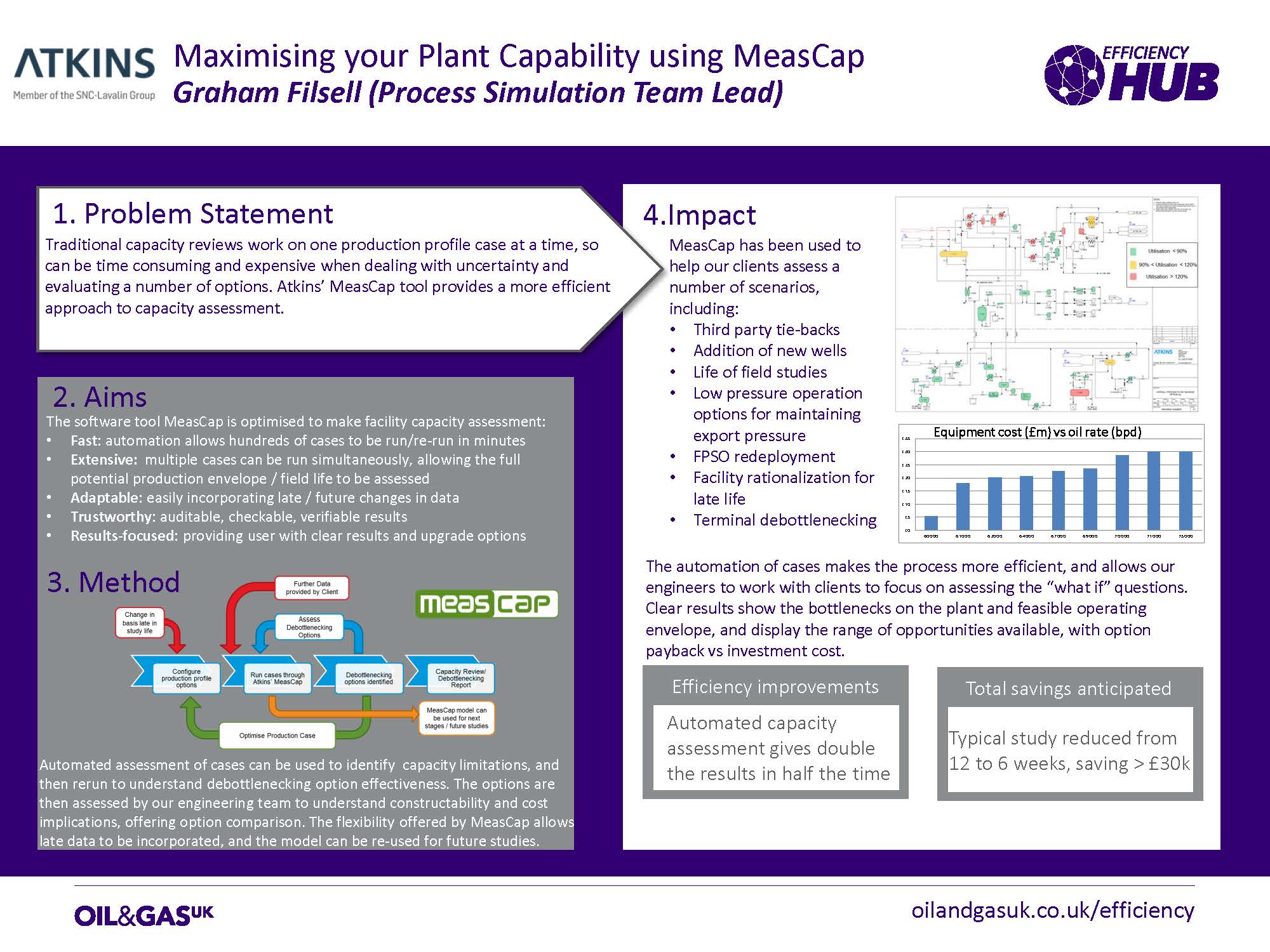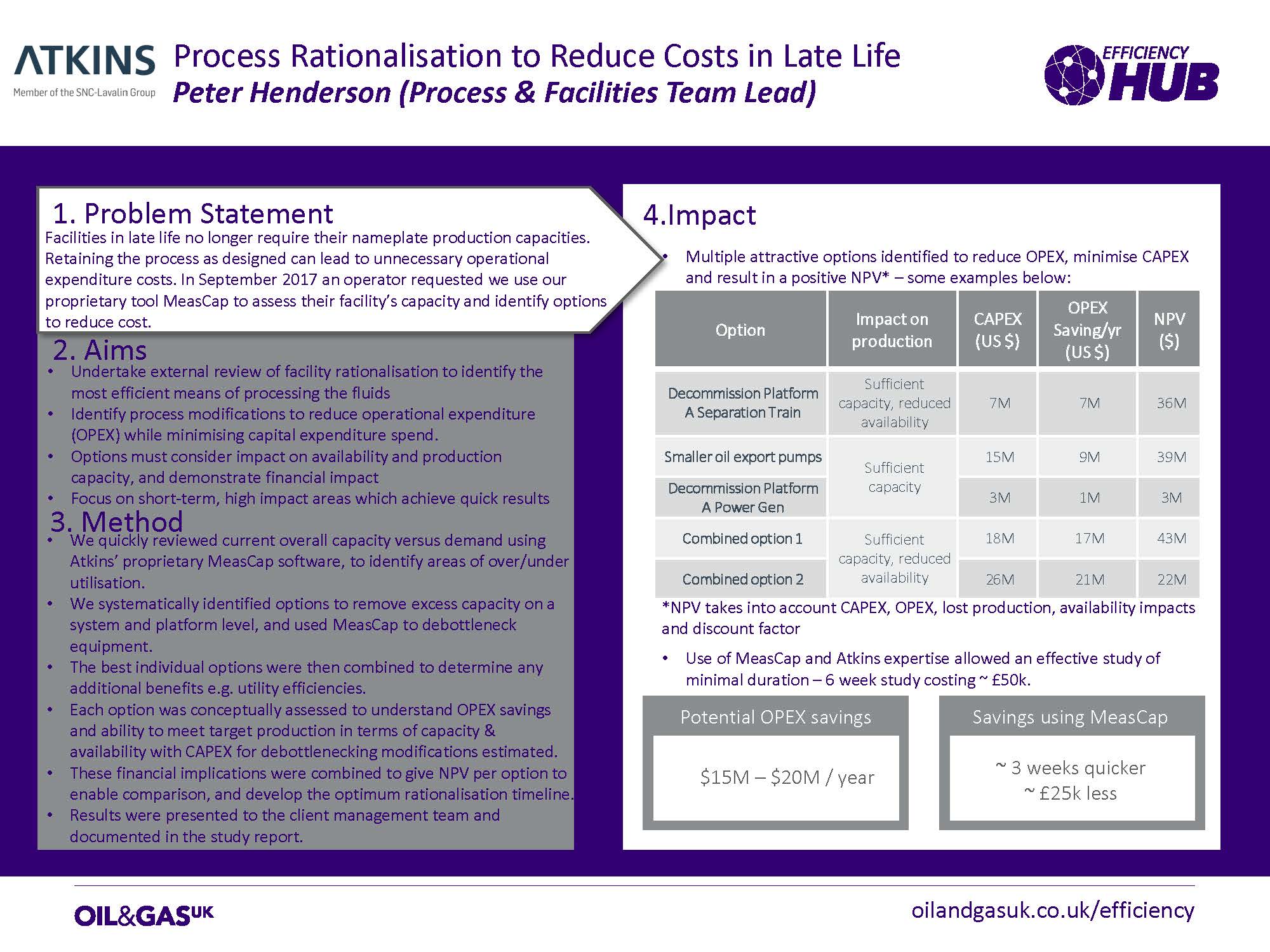1.Problem statement
Ever increasingly, operators are facing the challenge of managing their existing assets during volatile market conditions such that unnecessary financial ‘wastage’ is minimised and opportunities for increased efficiencies, and ultimately operating revenues, are maximised without compromising safety. Related to this, a further key challenge demands proactively positioning the business such that future operations are optimised to sustain improved efficiencies and financial return at minimal OPEX / investment, again, without compromising safety.
2. Aims
Particular focus is demanded on minimising unnecessary and wasteful expenditures. Such unnecessary spend can arise from many sources, but especially from inefficient inventory management. This includes excessive/unnecessary spares purchase, storage, etc., which can lead to extreme storage costs and avoidable, large scale capital expenditures, often of the order of £M’s. To combat this Atkins has developed a successful managed service that can help clients improve their inventory management, and overcome challenges including:
- Excessive data handling issues – inadequate infrastructure/resource to deal with ‘Big Data’.
- Inadequate corporate systems/processes to interrogate inventory stock types and levels.
- Lack of coordination/communication between relevant internal groups and divisions.
Poor awareness of internal standards/practices (if they exist) leading to inconsistent implementation of maintenance strategies, R&M guidelines, etc. and quality related issues.
3. Method
Atkins service has three key elements:
- Reducing waste by cleansing inventory data of unsuitable spares (obsolete, mothballed, degraded, perished, wrongly classified, etc.).
- Increasing safety and availability by stocking the correct spares in the required condition, to mitigate critical failure, with focus on local operating context.
- Reducing capital and operational costs by minimising excess stock, while managing stock-out risk to an acceptable level.
4. Impact
Following implementation of Atkins process on an operator’s range of assets, comprising offshore facilities, onshore terminals, and pipelines, the analysis revealed numerous inventory management inefficiencies, offering potential for significant waste reduction and reliability improvements.
For example:
- An initial 29% of operational spares book value not linked to equipment – directing an investigation by the operator.
- Errors in migration of inventory data when upgrading between CMMS versions.
- Duplicate purchase orders.
- Accounting data inconsistencies.
- Inventory data fields not fit for purpose.
- Surplus project spares from vendor spare parts interchangeability lists (SPIL) offloaded to operation regardless of suitability.
- Scope for common spares pooling, promoting further excess stock savings.
- Recording issues in free-text material descriptions – operator without physical metrics to get competitive quotes and reliant on overpriced spares from vendor SPILs.
- Generic ‘repair versus replace’ response guidance not fit for purpose eg decision support logic not sufficiently nuanced for combinations of store and materials ownership and leasing.
Total savings anticipated
The analysis ultimately revealed $179 million of recommended savings constituting $79 million of unsuitable spares and $100 million of excess stock – of this $49 million has been confirmed to date by client’s ongoing review.
“We achieved all three waves of disposals that needed to be accomplished, thanks to Atkins’ work, with savings of $49 million against the target $45 million for 2017, plus an extra $40 million already released to Material Management for producing Disposal Forms.”
Client’s project sponsor, Aug 2017
Click on the image above to download the case study.

